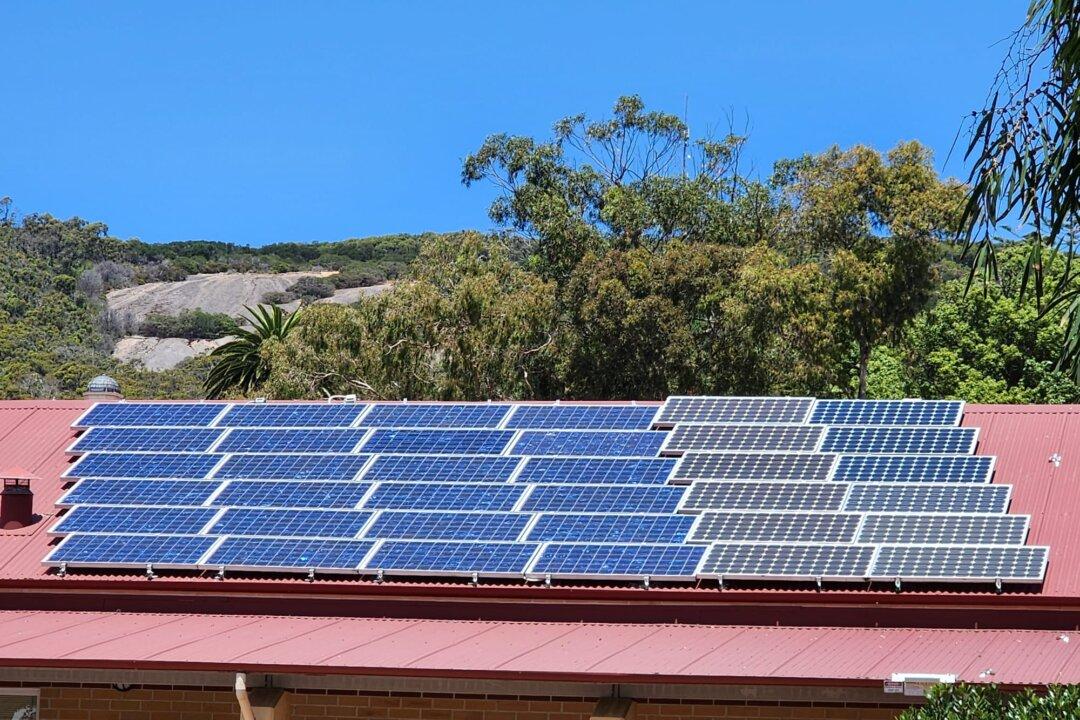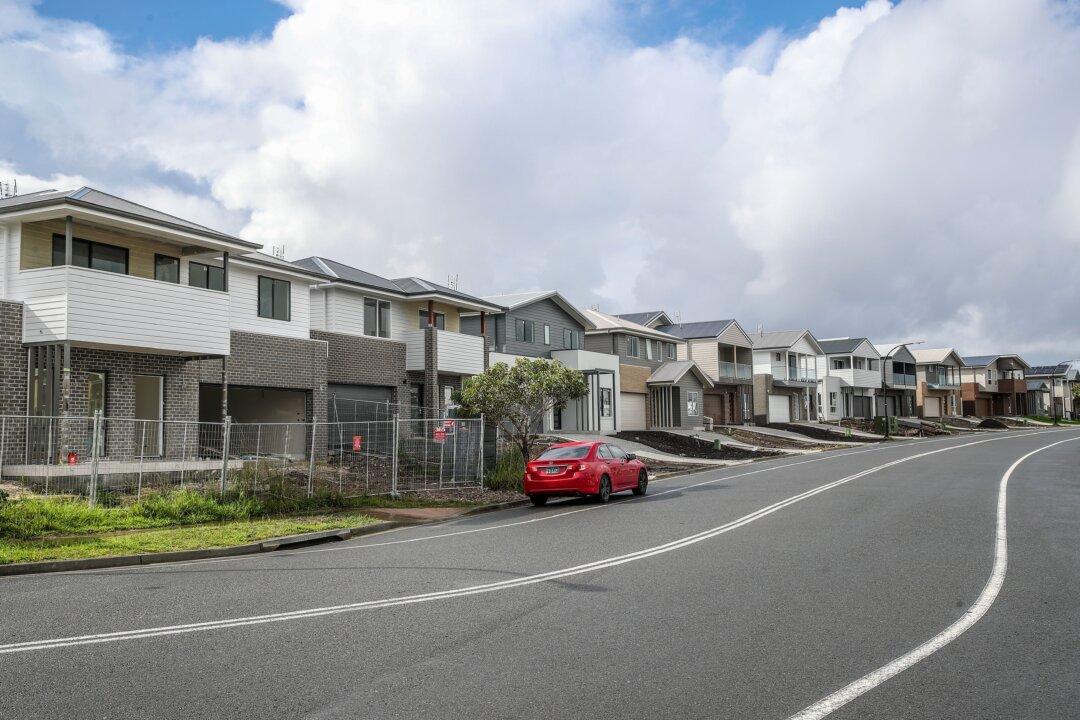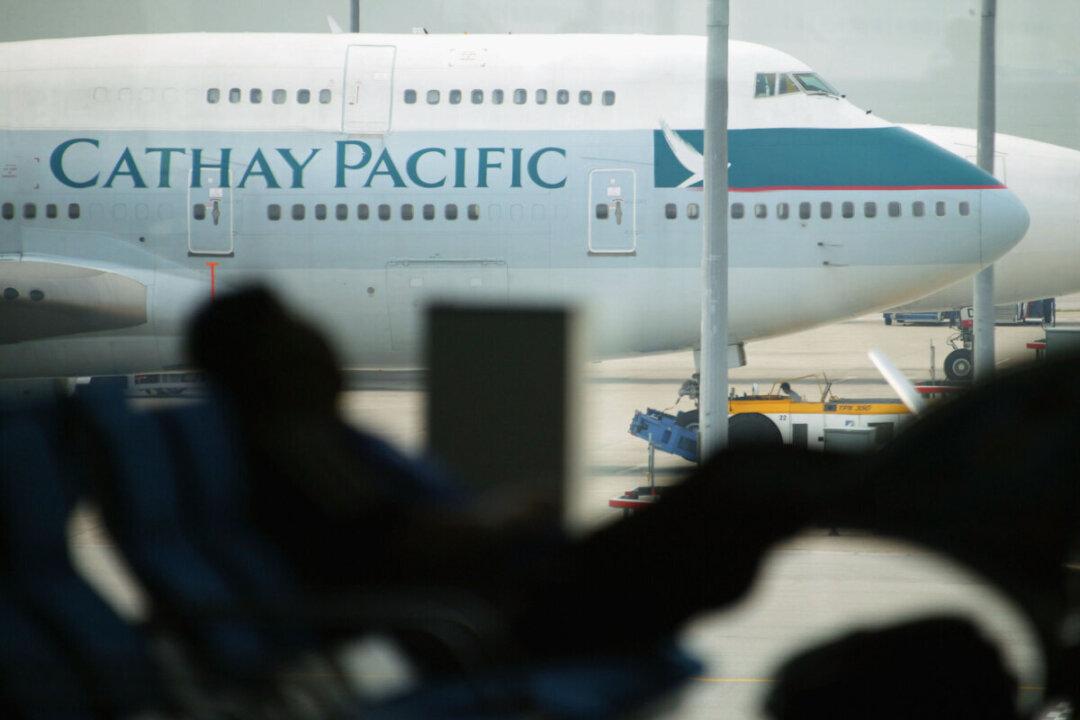The Institute of Energy Economic and Financial Analysis (IEEFA) says giving customers more choice to use solar energy for water heating, could cut power bills and relieve pressure on the national grid.
Department of Climate Change, Energy, the Environment and Water’s (DCCEEW) data shows that 32 percent of the country’s total electricity generation comes from renewable energy sources, with 14 percent from solar.




